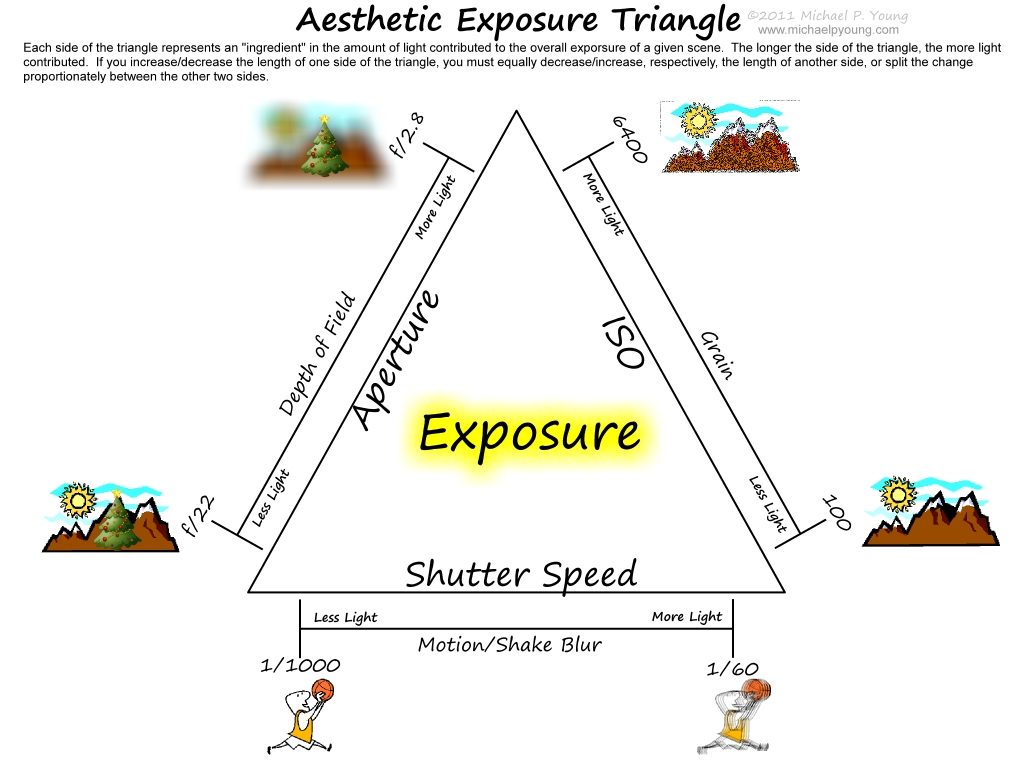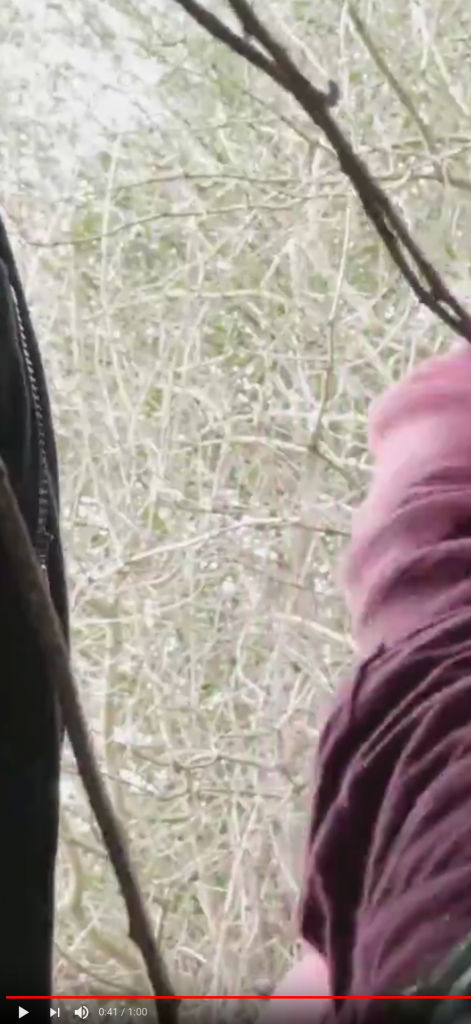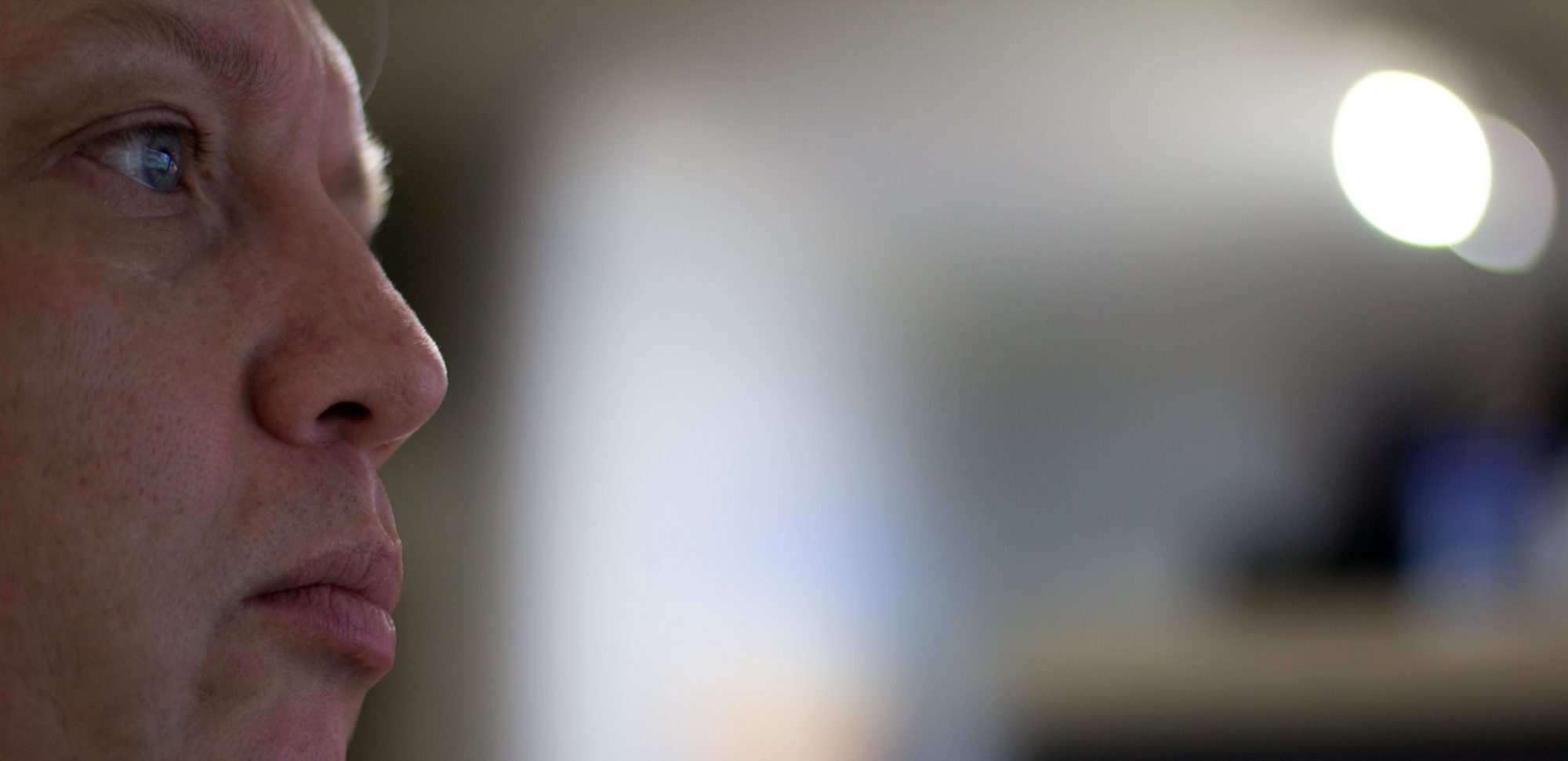This is a strange one in a way, I need to reflect on being a camera operator since starting the HND course and note challenges faced, lessons learned and basically identify learning opportunities, however, I have been a relatively keen (hobbyist) photographer (and cinematographer) for many years so most of this is not new to me.
That said, working in teams with other students (some of whom this is completely new to) has helped me appreciate the knowledge gained over the last 35+ years of being a photographer, and many of the things that I otherwise take for granted such as the Exposure Triangle.

I have seen many students simply increase the ISO because the scene was too dark, without giving any thought to the aperture or shutter speed, let alone the available light (practical, natural or otherwise) in a scene. Where possible I have tried to share that knowledge and help the other students remember early classroom lessons, and demonstrated the impact of changing one setting (such as increasing the ISO to 12,800 and the associated noise that this brings to the image) or reducing the shutter speed, and so on.
First of all, some basics. The responsibilities of the camera operator are simple, but important. To ensure that whatever you’re filming is in focus. That you are capturing the scene as envisaged by the Director/DoP and that every frame you capture tells the story. You’re responsible for making sure that the camera settings are kept how the DoP has specified (ie don’t randomly change the ISO, shutter speed or aperture without first discussing it with the DoP). You are responsible for ensuring that whatever you’re filming is properly exposed (see above comments about working with the DoP), and that whenever you frame the shot that you’re only getting the set and not the lights, reflections, gaffer, grip, boom operator, or any other “non scene” related ingredients in the shot.
I recently helped one of my fellow classmates (Josh) film his Public Service Announcement (PSA) video on littering, he had not had the best of luck with the weather and crew resources, so when the weather improved and with the submission deadline looming, I volunteered by help (and camera equipment) to help him shoot his video in a local orchard.
This also gave me the opportunity to experiment with a new toy I had just acquired with a hefty discount and some Amazon gift vouchers from a supplier, namely a DJI Ronin-M.
This was the first time I had used the Ronin, having previously battled with a Zihyun Crane gimbal and had issues with the GH5 being slightly too large in the body to use the gimbal efficiently.
Josh had decided that he wanted to shoot in 1080p, and not 4k, which was fine, I had chosen to deliver 1920×1080 @ 25fps in ProRes 422, shooting at 180 degrees, with the original content recorded as H.264 on the GH5, so his laptop and editing software should be able to keep up with things. As it was, he was able to use the original H.264 material without needing the converted footage. We also shot in VLOG-L which meant Josh needed to do a bit of colour grading – I supplied a basic LUT to give Josh a head start, and as you’ll see from the above footage, the results are quite nice.
We were a 3 person crew, including Josh and his girlfriend Sarah who were going to be in front of the camera (Sarah was hiding in, and animating, the bushes), and myself behind the camera. A small crew which helped get things done quickly. We had the odd issue with passers-by (and their dogs) wanting to get in on the action, but otherwise, the shoot was pretty painless.
There were a few handheld shots which required Josh and myself to effectively climb into the undergrowth/trees, and a couple of shots ended up with more than we bargained for, with bits of me in the shot as I tried to hold the camera far enough into the bush without the benefit of a monopod.

In the above (ungraded raw) image, we see part of my fleece on the left-hand side, as well as Josh being eaten by the bush. Easily cropped out, but missed in the first rough cut (Josh said he’d thought it was just part of the bush!) 🙂
Through the exercise I learned the most optimum way to handle and use the Ronin, smoothing out movement with the “crab walk” as much as possible.
For this shoot all of the sound effects were going to be done in post, so whilst we had sound recording equipment with us, we chose not to use it. I think Josh may have used some of the on-camera sound for the rustling of the trees, but the rest of the effects were foley.
In a perfect world, we would have probably had an extra body on hand to help with lens changes and swapping equipment around. There were a couple of occasions where I needed to remove the camera from the Ronin, and the only place to put the Ronin was on the muddy ground.
For the shoot, I primarily used a wide angle Leica 8mm-14mm (16mm-28mm equivalent full frame) lens, this provided a good balance between focal length and available aperture (f/2.8-f/4) to provide clear images on an overcast day, a handful of shots were taken with a Leica 42.5mm Nocticron f/1.2 lens (MFT) which gives an equivalent full frame focal length of 85mm. This introduced some nice portrait imagery as well as depth-of-field, enhanced by a 35-100mm (70mm-200mm equivalent full frame) for certain shots to make some of the shots seem more compressed and give the feeling of the space being tighter than it actually was.
The whole shoot lasted little more than an hour and was efficient. Josh had outlined what he needed and I constructed the actual shots on the fly, working with Josh to ensure that he got what he needed as Director and delivered the performance he needed to do as the talent.
What would I have done differently? I guess it would have helped to have seen the location before we started shooting, and if I had thought about it ahead of time, I would have brought a blanket or similar to rest the equipment on rather than dumping bags on the muddy grass (a few days earlier the grass had been covered in snow which meant it was now quite damp and slightly boggy in places).
Getting the content to Josh after the shoot was a little problematic. I had originally said I would simply upload the content to a Google Drive and send him the link. Unfortunately, Google somehow managed to munge the 11GB of video so the file(s) he received via download were unusable. In the end, I just copied the whole lot onto an SD card and delivered it by hand to his house on the Saturday morning as that was by far the quickest and easiest method of getting the data to him.
Word Count: 1180


